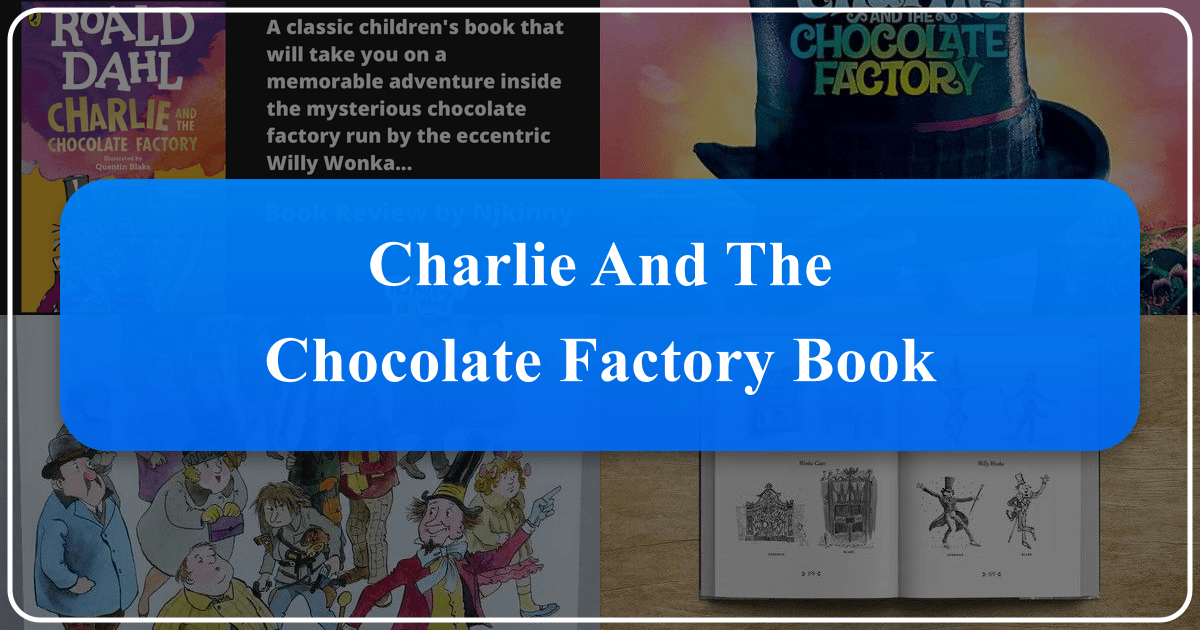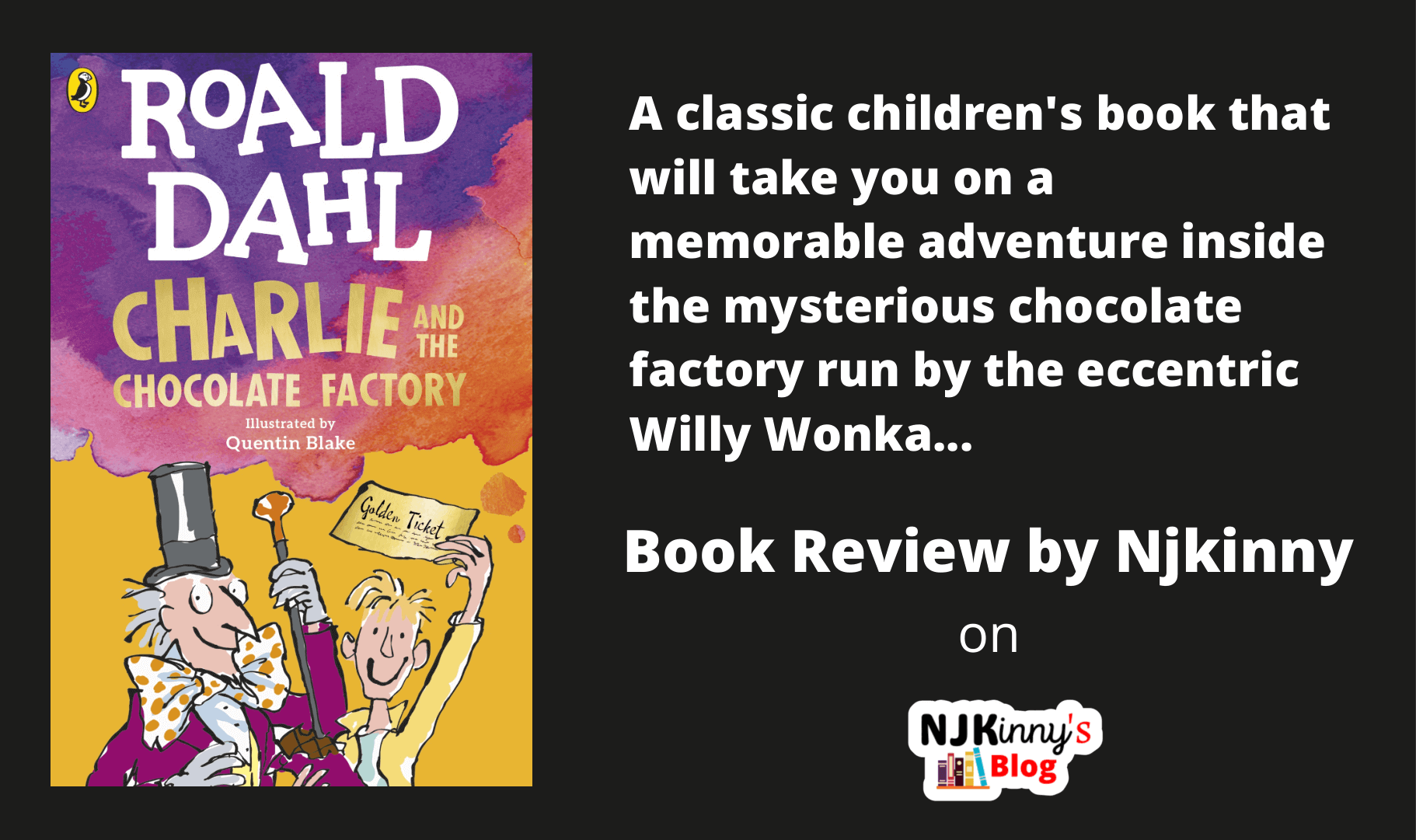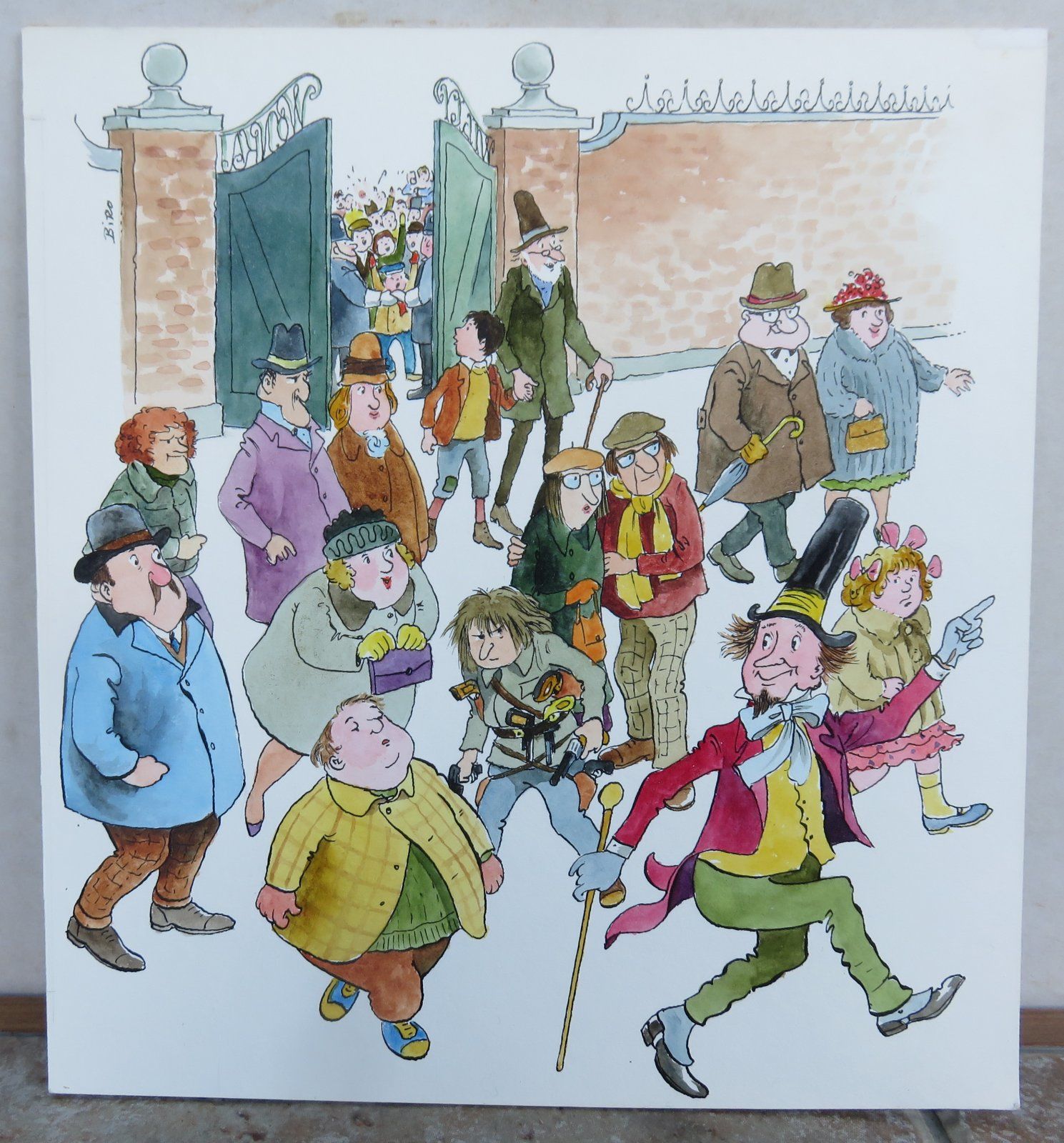*Charlie and the Chocolate Factory* Book: A Comprehensive Exploration

Roald Dahl’s Charlie and the Chocolate Factory is a children’s classic that transcends age and cultural boundaries. Its enduring appeal lies in its fantastical setting, memorable characters, and timeless themes. This exploration delves into the book’s various aspects, examining it through the lenses of literary genre, authorial style, educational value, and lasting cultural impact.
I. Genre and Literary Classification
Charlie and the Chocolate Factory defies easy categorization. While firmly rooted in children’s literature, it incorporates elements of several genres:
1. Fantasy: The narrative centers on the fantastical Willy Wonka Chocolate Factory, a place brimming with magical inventions and surreal experiences. The Oompa-Loompas, diminutive workers with their unique songs and wisdom, further enhance the fantastical elements. This fantastical setting provides a framework for exploring real-world issues in a playful and accessible way for young readers.

2. Adventure: Charlie’s journey into the chocolate factory is an adventure filled with suspense, excitement, and unexpected twists. Each room of the factory presents a new challenge and opportunity for the children, leading to a series of thrilling encounters and escapes. The element of adventure keeps young readers engaged and eagerly anticipating the next chapter.
3. Satire: Dahl subtly satirizes consumerism and the pitfalls of unchecked greed and indulgence. The fates of the spoiled children – Augustus Gloop, Veruca Salt, Violet Beauregarde, and Mike Teavee – serve as cautionary tales against gluttony, selfishness, and obsession with material possessions and technology. This satirical undercurrent adds a layer of depth that resonates with adult readers as well.
4. Social Commentary: Beyond satire, the book offers subtle social commentary on class inequalities. Charlie’s impoverished family contrasts sharply with the wealth and extravagance of the other children and Willy Wonka himself. This contrast highlights the disparity between the rich and poor and the impact of social circumstances on opportunities. This exploration of social issues without being overtly didactic makes the book’s message accessible to readers of all ages.
Charlie and the Chocolate Factory’s blend of fantasy, adventure, satire, and social commentary is what sets it apart, making it a unique and enduring piece of children’s literature. Its ability to entertain while subtly prompting reflection on various social and moral themes ensures its continued relevance.

II. Roald Dahl: Authorial Style and Inspirations
Roald Dahl was a master storyteller known for his distinctive writing style:
1. Vivid Imagery and Sensory Detail: Dahl’s descriptions are incredibly vivid, engaging all five senses. Readers can almost taste the chocolate rivers, smell the sugary air, and hear the whirring machinery of the factory. This immersive quality draws readers into the story and makes the world of Charlie and the Chocolate Factory feel remarkably real. Lbibinders.org provides an excellent resource to find similar authors who are masters of sensory detail.
2. Dark Humor and Absurdity: Dahl’s humor is often dark and surprising, incorporating elements of the absurd. The comical punishments meted out to the greedy children are both entertaining and cautionary. The combination of dark humor and absurdity keeps readers entertained, adding a layer of intrigue for young and old.

3. Unconventional Characters: Dahl’s characters are far from stereotypical. Willy Wonka, the enigmatic chocolate factory owner, is a complex and eccentric figure, while the children embody both positive and negative traits. This nuanced approach to characterization adds depth and makes the characters believable despite their often exaggerated traits. Lbibinders.org showcases a wider selection of authors and their different character development styles.
4. Moral Messages: Though never preachy, Dahl’s stories always contain moral lessons. In Charlie and the Chocolate Factory, the central theme focuses on the importance of kindness, humility, and the consequences of greed and self-centered behavior. Dahl’s emphasis on morality makes the book more than just an entertaining read.
Dahl’s personal experiences, including his time as a fighter pilot during World War II and his childhood in England and Norway, significantly influenced his writing. These experiences shaped his distinctive perspective and contributed to the creation of his unique, memorable characters.
III. Educational Value and Life Lessons
Beyond entertainment, Charlie and the Chocolate Factory offers several valuable educational aspects:
1. Vocabulary Expansion: Dahl’s writing is rich with descriptive language and imaginative word choices. The book exposes young readers to a diverse vocabulary, enriching their language skills and comprehension abilities. Lbibinders.org provides resources for teachers and parents to expand children’s vocabulary further.
2. Moral Development: The story teaches valuable life lessons about the importance of kindness, humility, and perseverance. Charlie’s good nature and resilience are contrasted with the negative consequences faced by the other children who are selfish and spoiled. This teaches moral development in a creative and entertaining way that is easily understood by children.
3. Critical Thinking: The book encourages critical thinking skills by prompting readers to reflect on the characters’ motivations and actions and the underlying societal critique. Readers are encouraged to examine the characters’ behavior and the consequences and draw their conclusions.
4. Imagination and Creativity: The fantastical world of the chocolate factory ignites readers’ imaginations and fosters creativity. Children are encouraged to explore their creative side by imagining the various rooms and the surreal adventures inside the factory.
The book’s educational value extends beyond traditional academic subjects. It cultivates essential life skills and encourages a love of reading and exploration. The moral lessons, combined with creative writing techniques, make the book engaging and thought-provoking.
IV. Reading Habits and Engagement
Charlie and the Chocolate Factory is exceptionally well-suited to foster positive reading habits:
1. Page-Turning Plot: The fast-paced, captivating plot keeps readers engaged from beginning to end. The suspenseful sequences, coupled with the unique and memorable characters, maintain reader interest.
2. Chapter Length: The chapters are generally short and manageable, perfect for young readers. This ensures readers remain engaged and can easily return to the story at their convenience.
3. Relatable Characters: While exaggerated, the characters are relatable enough to strike a chord with children. Readers find aspects of themselves and others in the different children’s personalities, making it even more engaging.
4. Accessibility: The language is mostly straightforward, making the book appropriate for a range of reading levels. This ensures the book is accessible to a broader audience, promoting literacy.
By encouraging consistent reading and cultivating a love for storytelling, Charlie and the Chocolate Factory contributes positively to the development of strong reading habits.
V. Cultural Impact and Adaptations
Charlie and the Chocolate Factory has had a significant and lasting cultural impact:
1. Literary Influence: The book’s impact on children’s literature is undeniable. It influenced the writing style and thematic content of numerous subsequent authors, establishing a standard for imaginative storytelling and ethical narrative. Its playful yet thought-provoking nature has left a lasting impact.
2. Adaptations: The book has been adapted into several successful films, including the iconic 1971 version starring Gene Wilder and the 2005 Tim Burton film starring Johnny Depp. These adaptations have further popularized the story, expanding its reach to a wider global audience. These adaptations have solidified the book’s presence in popular culture. Lbibinders.org provides analysis of various adaptations and their impact.
3. Awards and Recognition: The book has received numerous awards and accolades throughout the years, cementing its status as a significant work of children’s literature. Its consistent recognition reinforces the book’s quality.
4. Community and Fandom: Charlie and the Chocolate Factory has fostered a strong community of fans across generations. This enduring fanbase engages with the story’s themes and characters, ensuring the book continues to hold relevance. Online communities and forums exist which continue to grow. Lbibinders.org can direct you to these communities.
The book’s enduring popularity, its diverse adaptations, and the significant influence it has had on children’s literature overall all highlight its monumental cultural impact. It remains a touchstone of children’s literature and popular culture, influencing generations.
In conclusion, Roald Dahl’s Charlie and the Chocolate Factory stands as a testament to the power of imaginative storytelling. Its unique combination of genres, compelling characters, and subtle yet powerful messages has ensured its place as a beloved children’s classic, influencing readers and popular culture alike. This exploration highlights only a portion of its rich and complex literary and cultural significance.